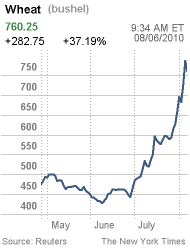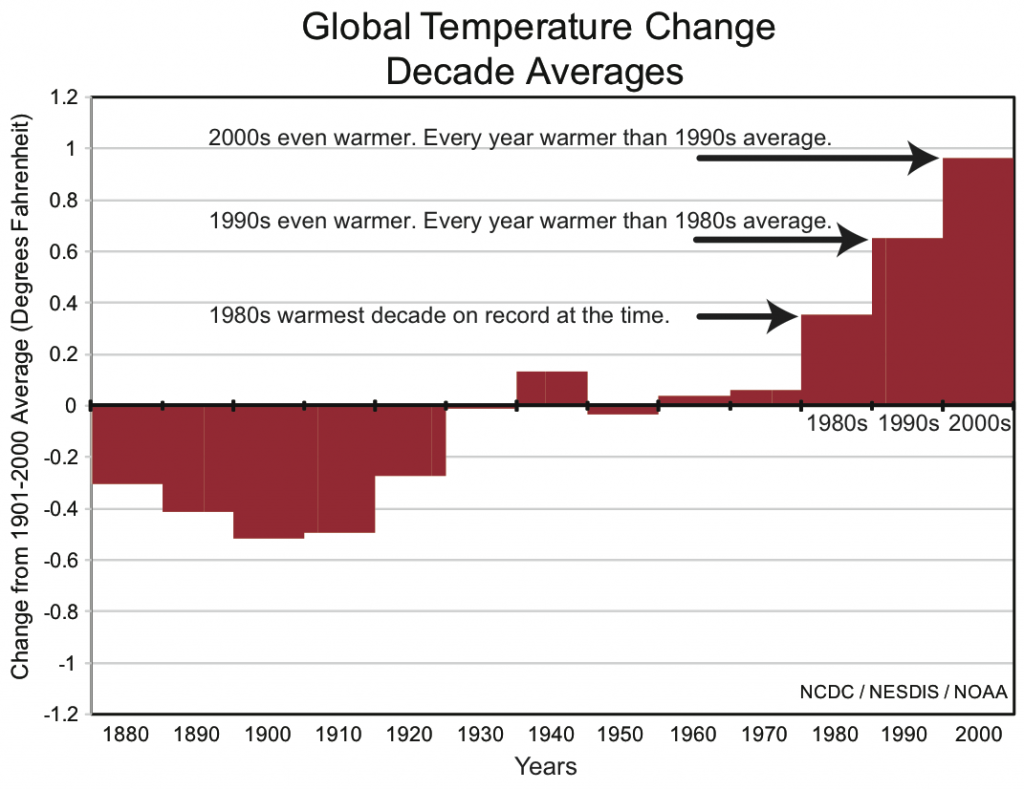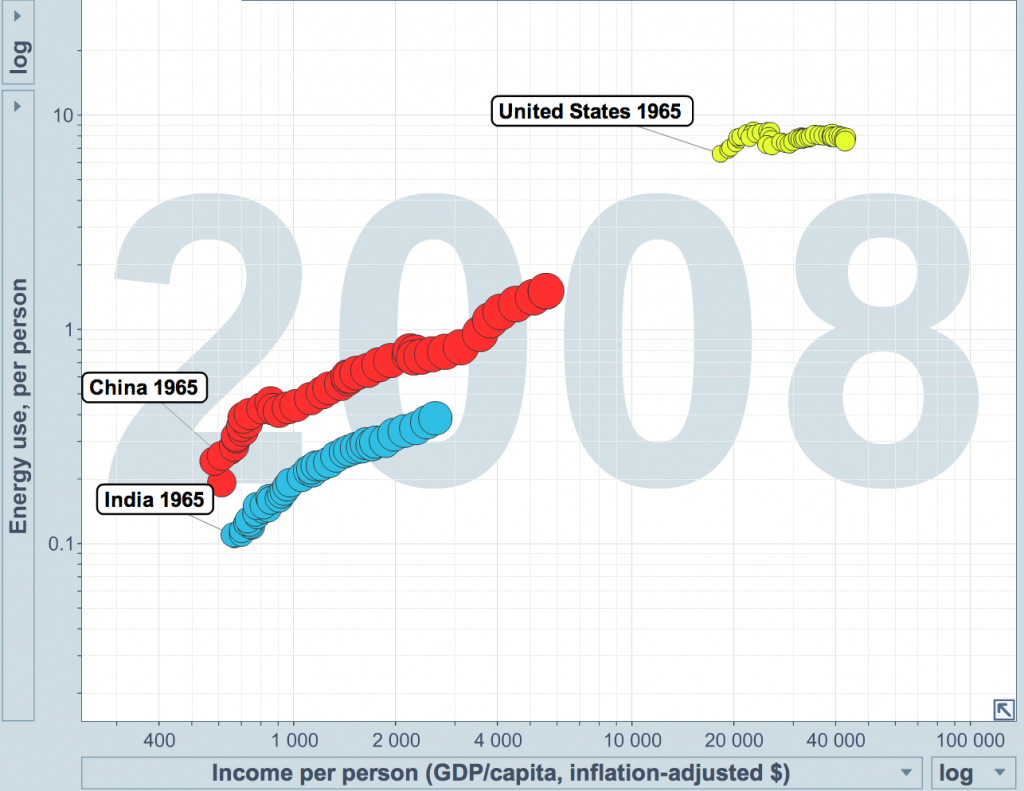Keywords: chew on this, Eric Schlosser, Charles Wilson, fast food nation, fast food, food for kids, school food programs
Dear reader,
My name is Gabrielle. I’m eleven.

I recently read a book called Chew On This, by Eric Schlosser (author of Fast Food Nation) and Charles Wilson.
The saying ‘Don’t judge a book by its cover‘ applies here. The cover shows pretty nasty fast food, but as you go further into the book it doesn’t just tell you all this bad stuff about fast food, it gives you information – about the employees and how they treat them; about what’s in the food you’re eating; about junk food, about how they treat the animals they process into the food; about people who are overweight and want to change; and mostly about change – how much we have changed and how much we need to change.
And one of the things we need to change is our schools. Many of our nations schools sell junk food and items off many of the menus of McDonalds, KFC, etc. Kids of all ages are losing protein and vitamins and need to get them back. Kids used to drink twice as much milk as soda, now kids drink twice as much soda as milk (fact from book).
Parents are giving toddlers and babies soda which, as you can guess, is not good. I recommend this book to everyone – kids and adults (but if you are squeamish, I would highly recommend skipping the meat chapter). If you eat at McDonalds, KFC, Burger King, Taco Bell, Pizza Hut, and other fast food joints regularly, please do yourself a favor and read this book before you go there again. I may only be eleven, but after reading this I’ll think twice before eating any fast food burger ever again. It changed my life. It could change yours.
Thank you for reading my blog and please take my advice – read this book: )




